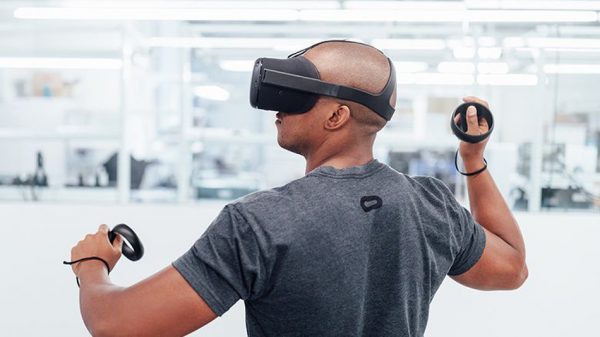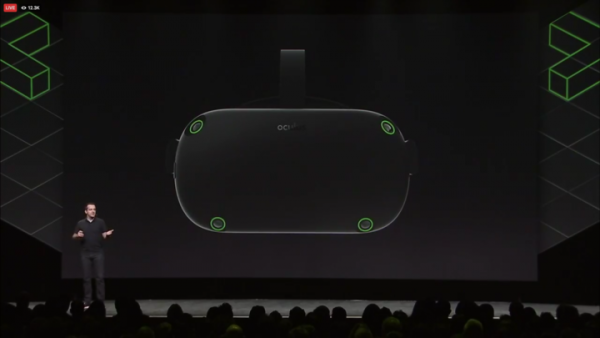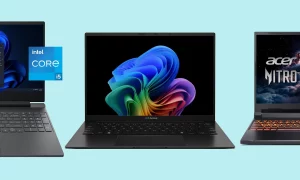The Oculus ‘Santa Cruz’ headset will be the realization of a VR dream

Oculus gave more details about its its next-generation VR headset today at the Oculus Connect 4 developer conference. It also said the headset would become available “in the next year.”
The catch: The headset is still a prototype, and it will only be made available to developers.
The new headset, codenamed Santa Cruz, is the company’s first prototype headset with “inside-out tracking” technology, meaning it doesn’t require external cameras or other accessories to track your position in the room. What’s even more exciting is that the headset will also be able to track two newly designed wireless controllers with six degrees of freedom.
In short, the Santa Cruz headset will be the first high-end VR system from Oculus that doesn’t require being tethered to a powerful PC. It also crucially features positional tracking — tracking the position and head movements of the wearer in addition to tracking the handheld wireless controllers. Basically, it’s a standalone VR headset that works all by itself.
The next-level tracking system is enabled by a set of four cameras placed on the outer corners of the new Santa Cruz headset. By placing cameras around the rim, the display can actually track the position of the both the user and the controllers.
The Santa Cruz headset will be paired with new prototype Santa Cruz controllers. The new controllers feature a ring covered in LEDs aimed upward, in order to make them more visible to the tracking cameras on the outside of the headset.
Existing Oculus Touch controllers also have LEDs, but the ring that houses them is facing downward, and they are tracked by an external camera that must be attached to a PC. The newer version should make it much easier to setup and use Oculus VR products. The new controllers also use infrared emitters, rather than LEDs, meaning they won’t have a distracting glow.
The new controllers shouldn’t be much of a change for older users. They still include a trigger, touchpad, and buttons similar to the existing Oculus Touch controllers. It is important, however, to mention that this is a prototype system, so by the time they’re commercially available, they could change significantly.
If Oculus delivers on everything it’s promised, the Santa Cruz headset will be a realization of the dream that VR developers have long been chasing. Users have often complained that current systems require a cable being attached the headset — which makes it easy to trip over or get tangled in while you’re immersed in a virtual world. Soon, developers will no longer have to worry about stumbling over cables that attach to their headsets or having to mount positional trackers around the room. This is a huge deal.
The Santa Cruz headset first premiered in October 2016 during the Oculus Connect 3 conference. At it’s unveiling, Oculus emphasized that the PC that typically powers VR headsets would be replaced with a small minicomputer placed in the rear of the head strap.
So what components are actually included in the Oculus Santa Cruz prototype? Unfortunately, those details are still unclear, and the company has not yet revealed specifics about the processing power and technical specifications of the system.
For now, we have only these short demos to rely on. But if it works as well as the video showed today, it’s certainly something worth being excited about.












